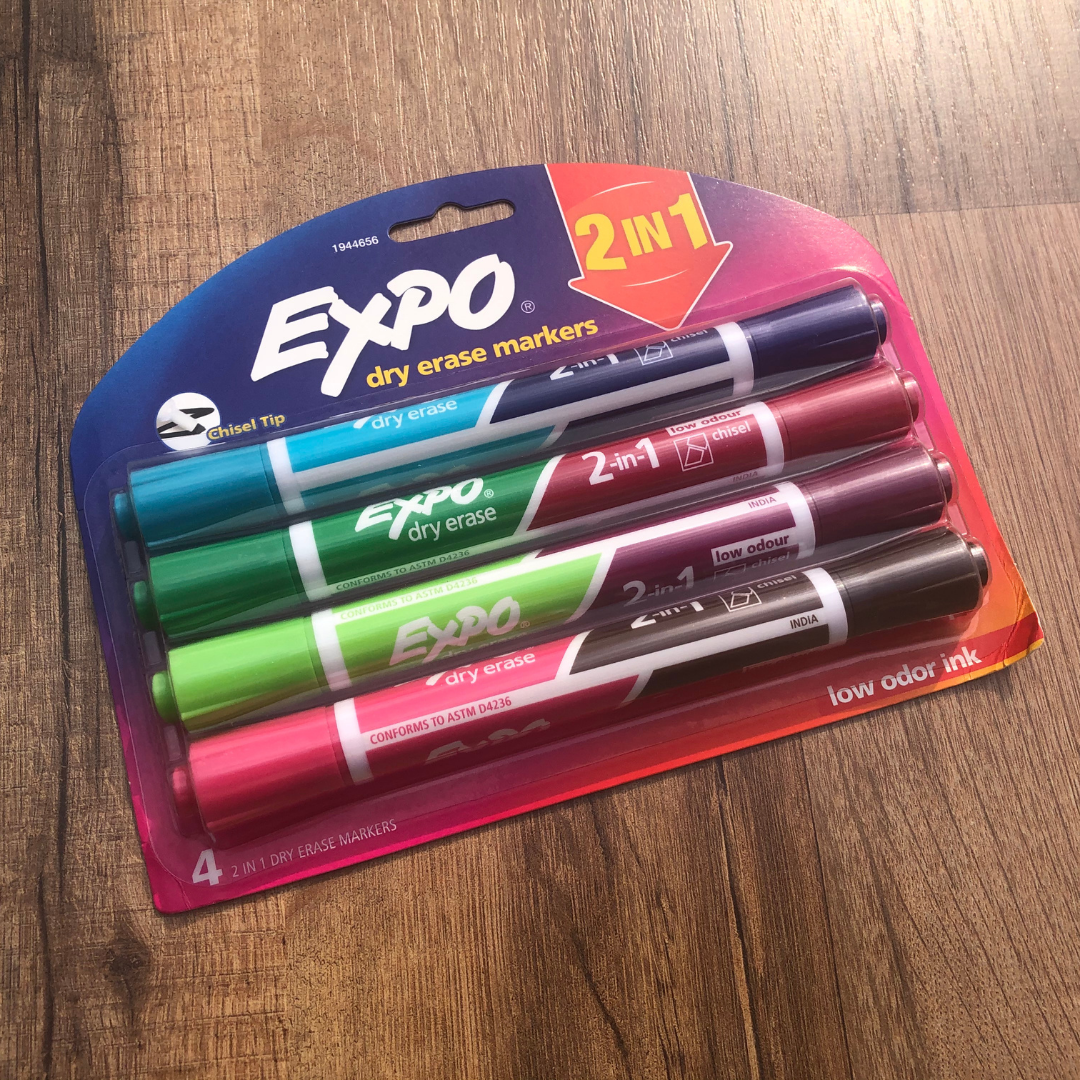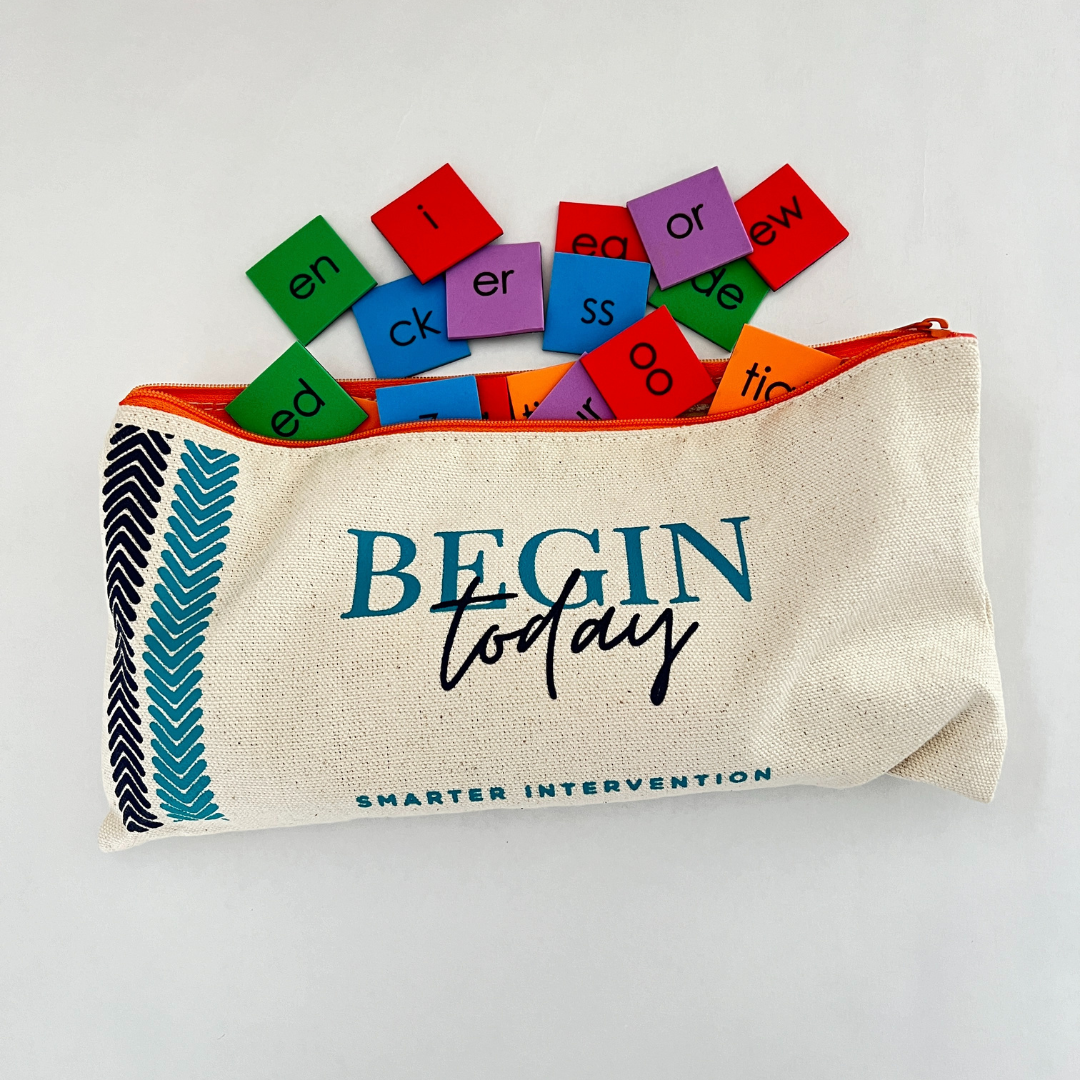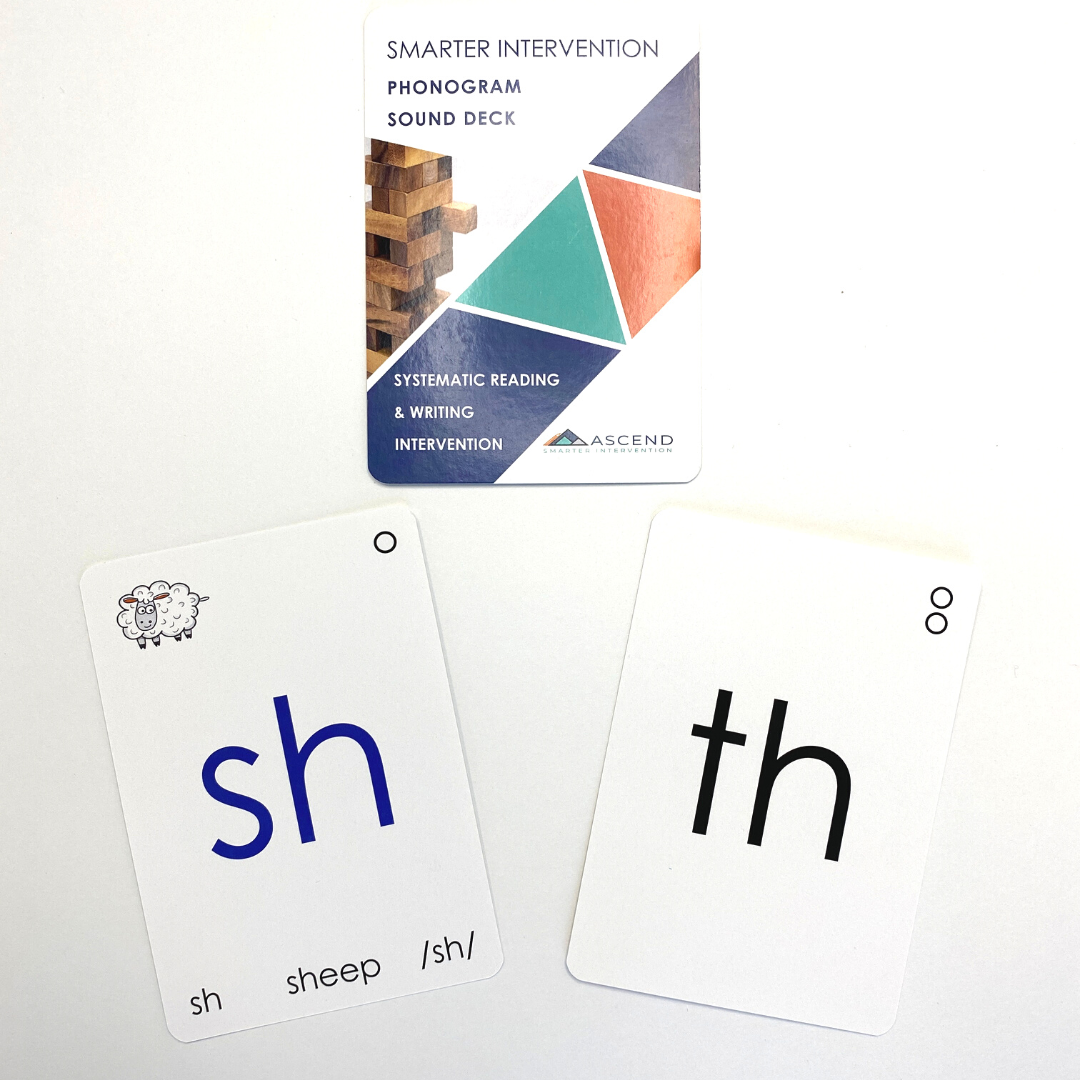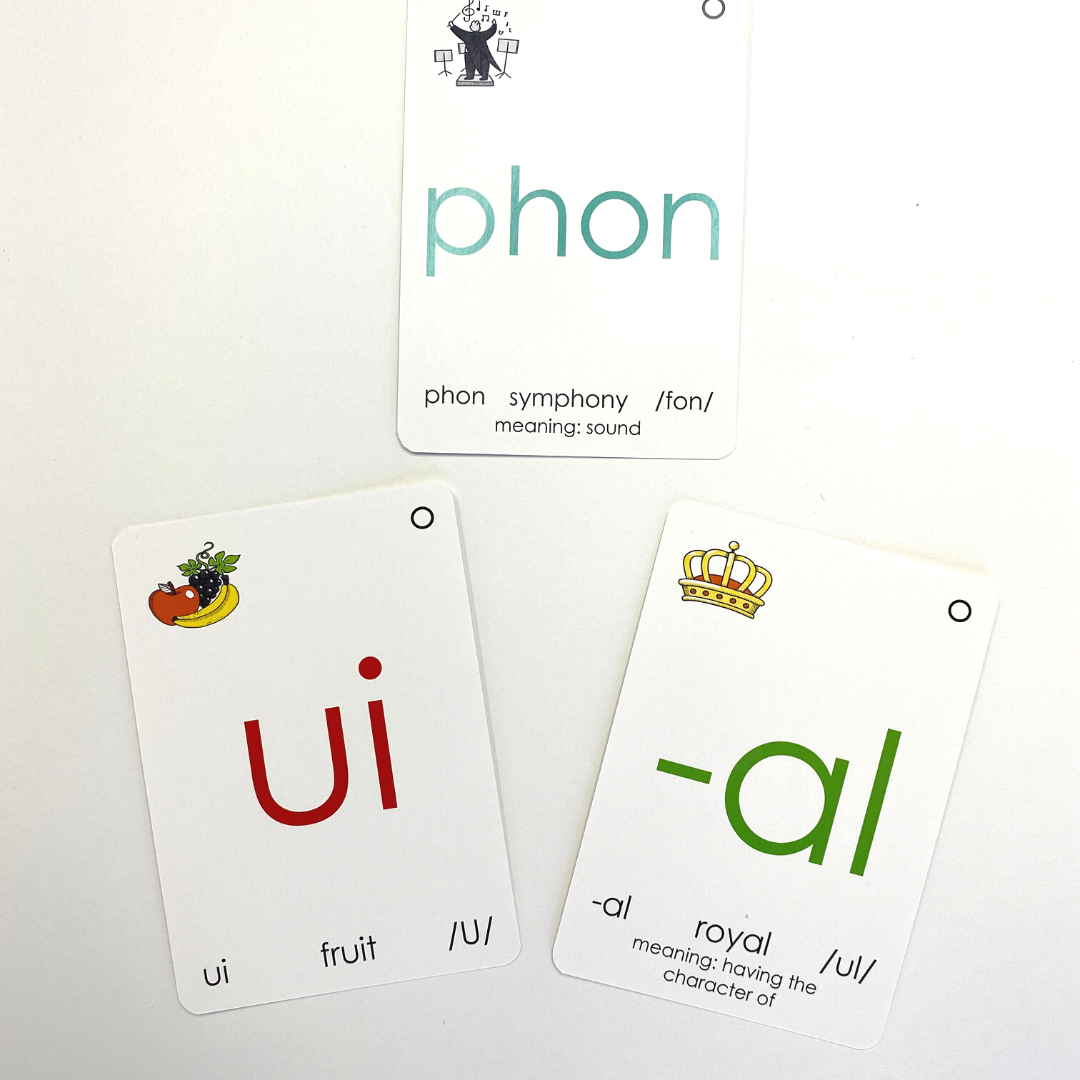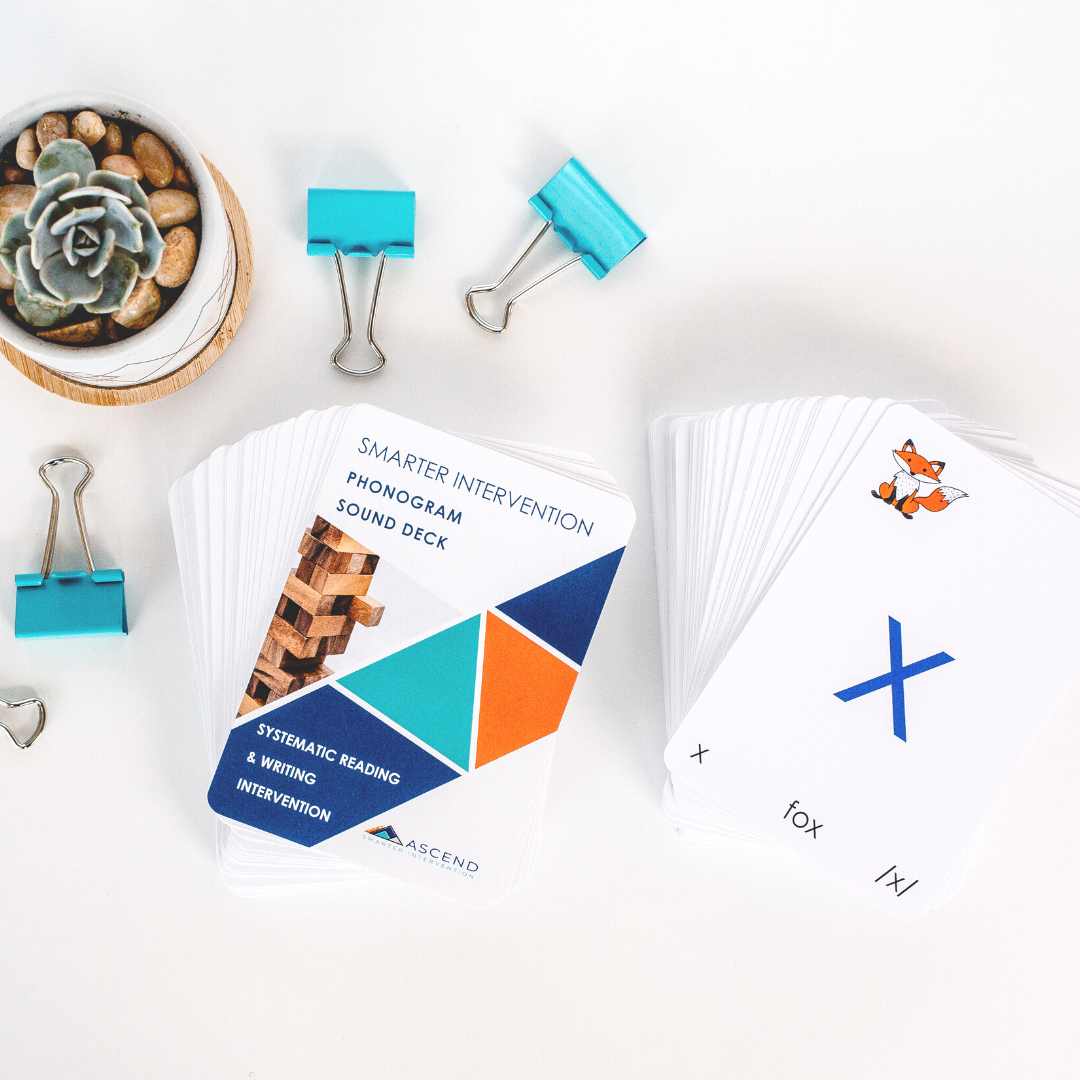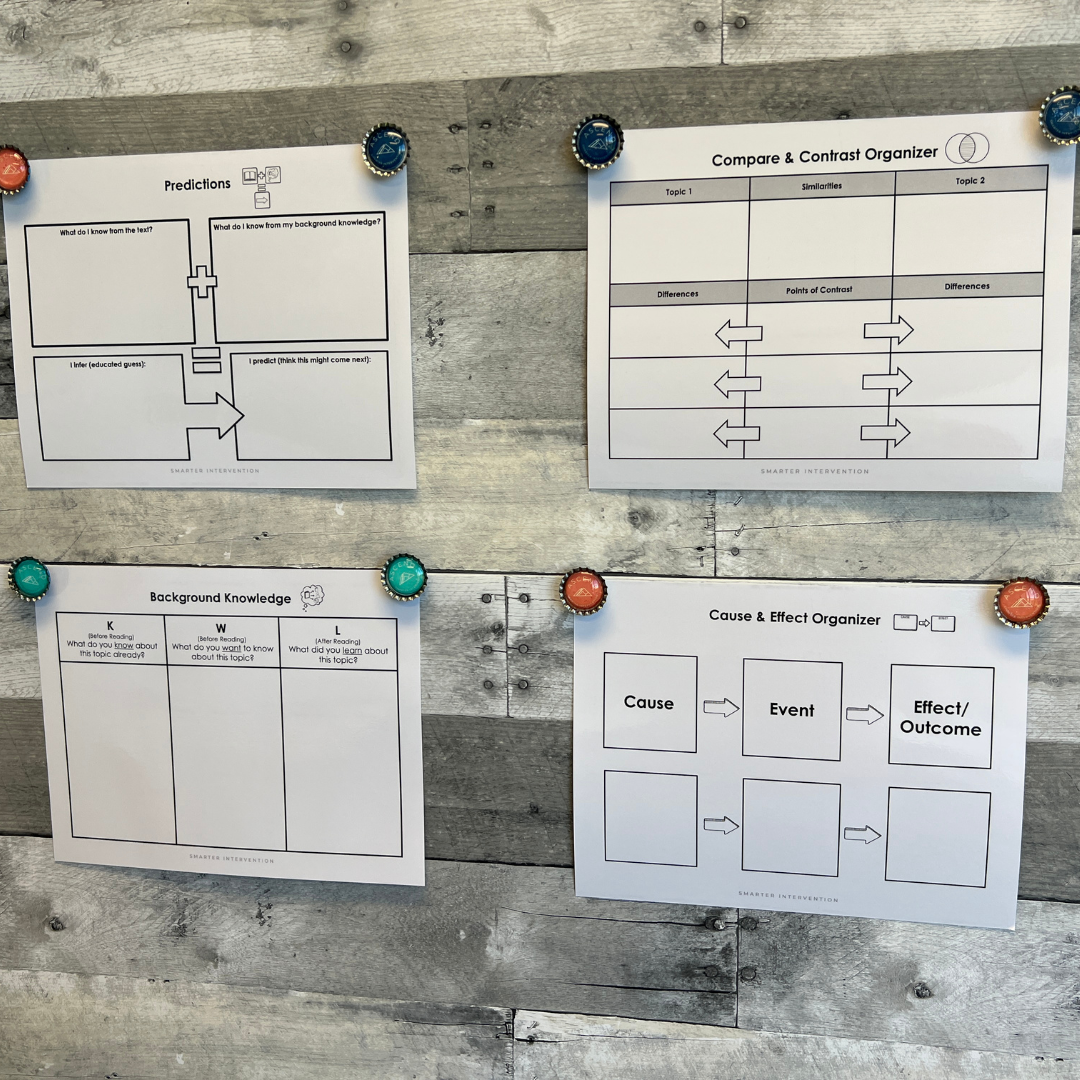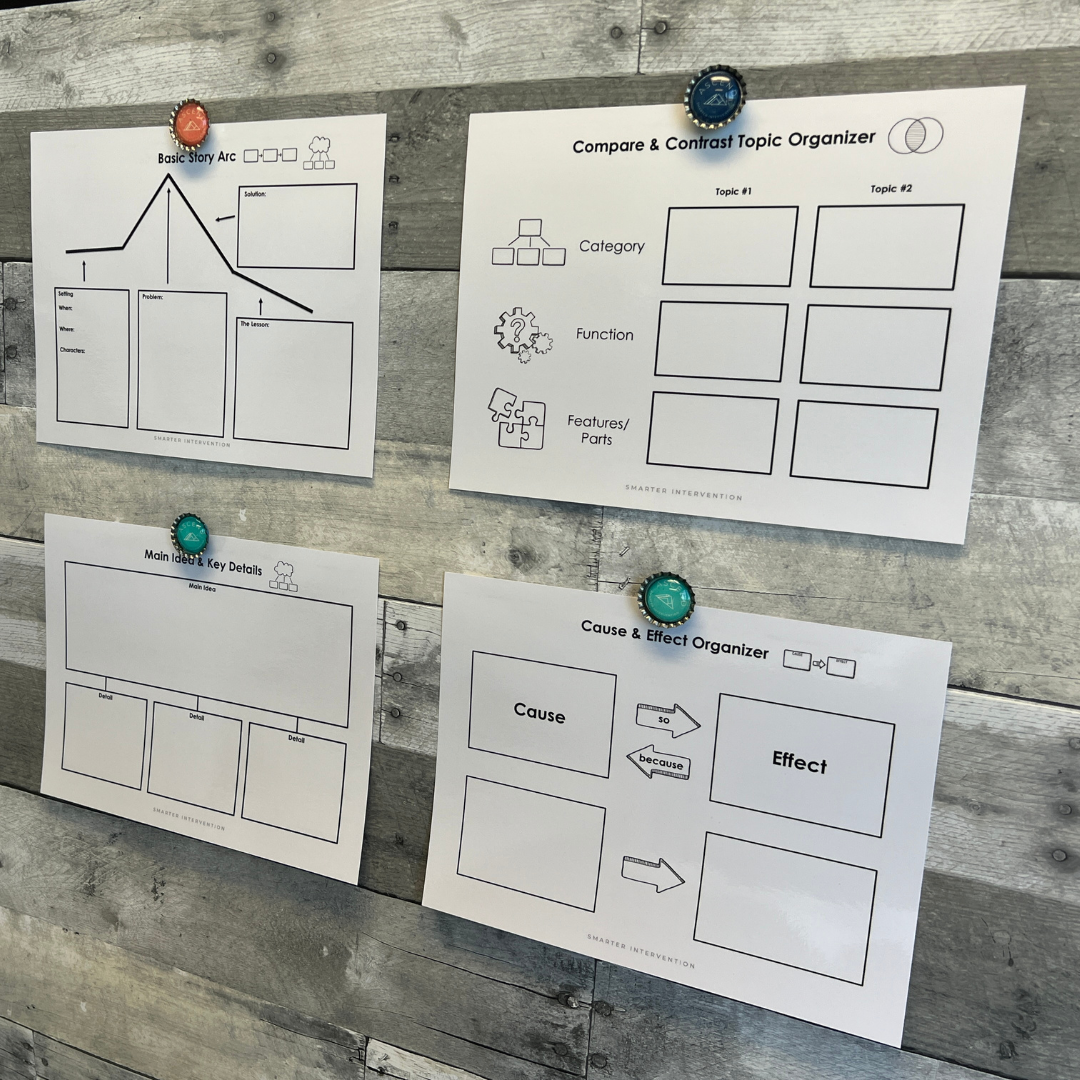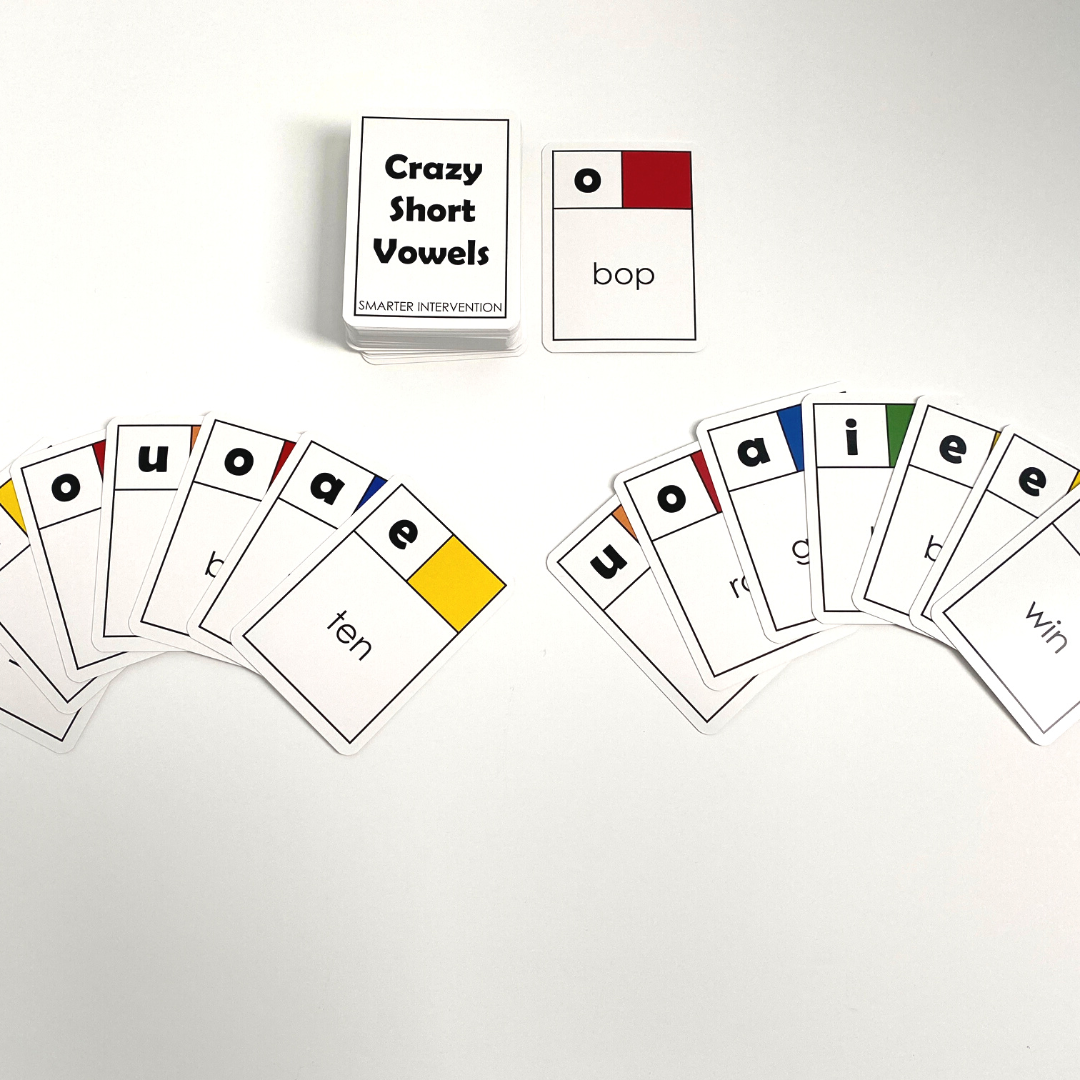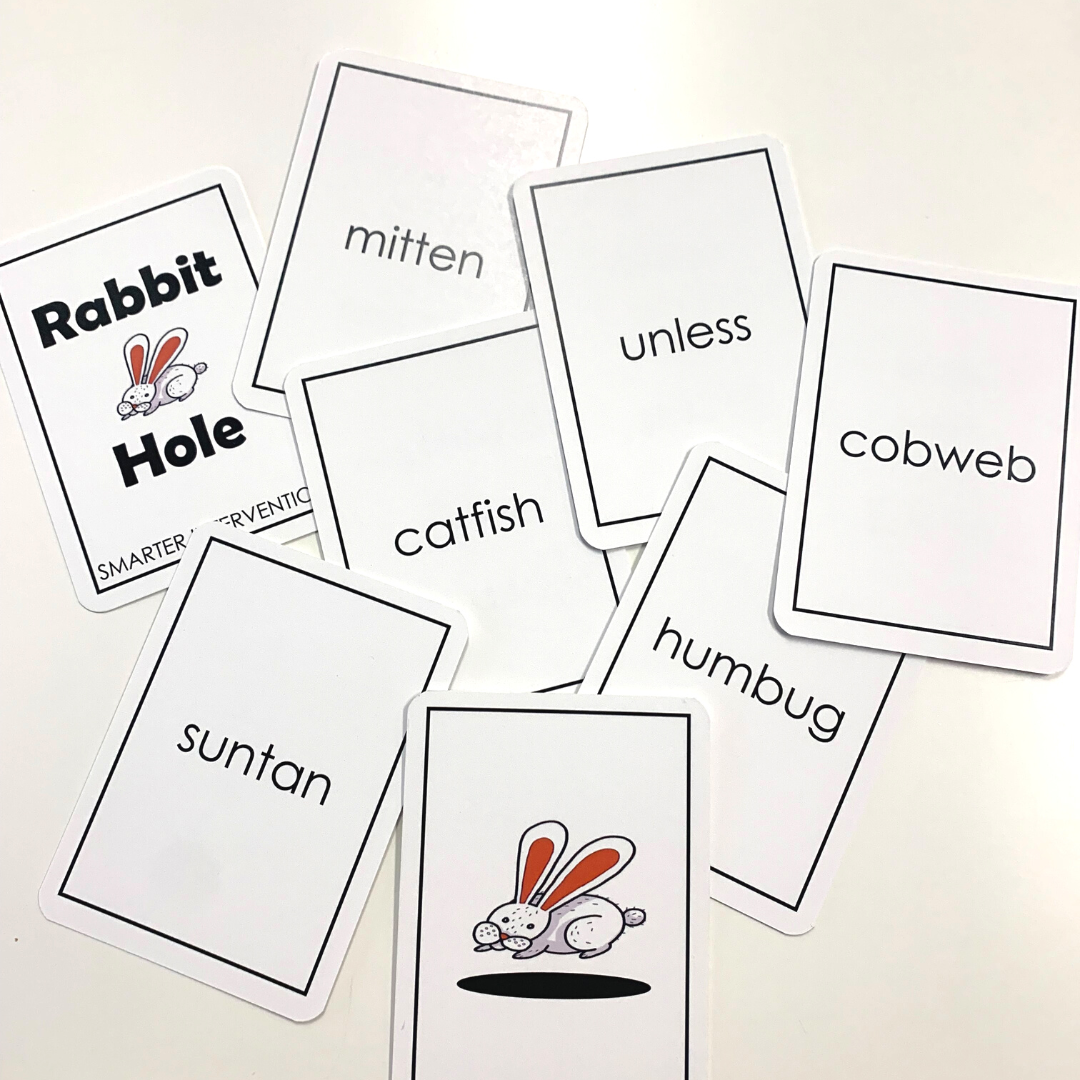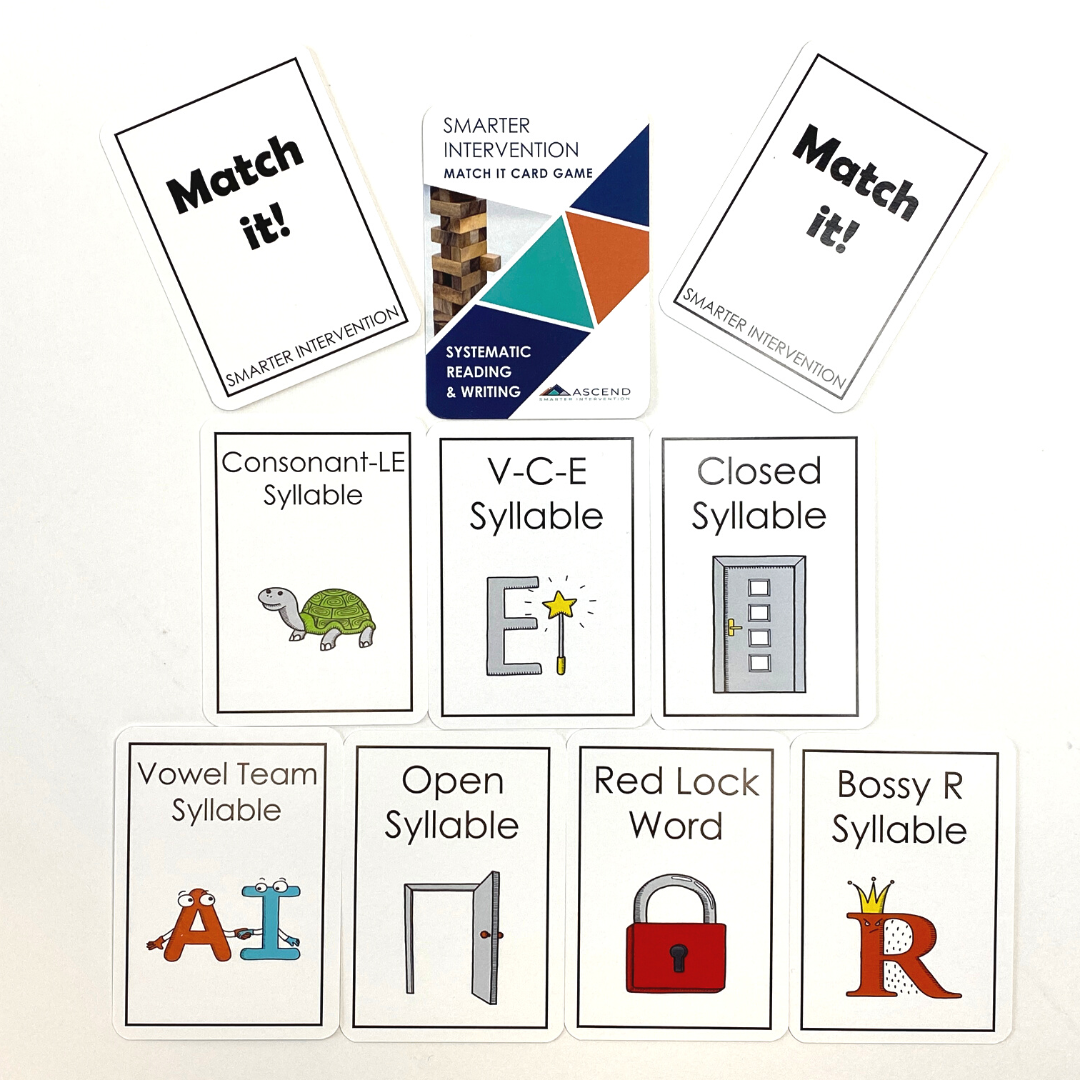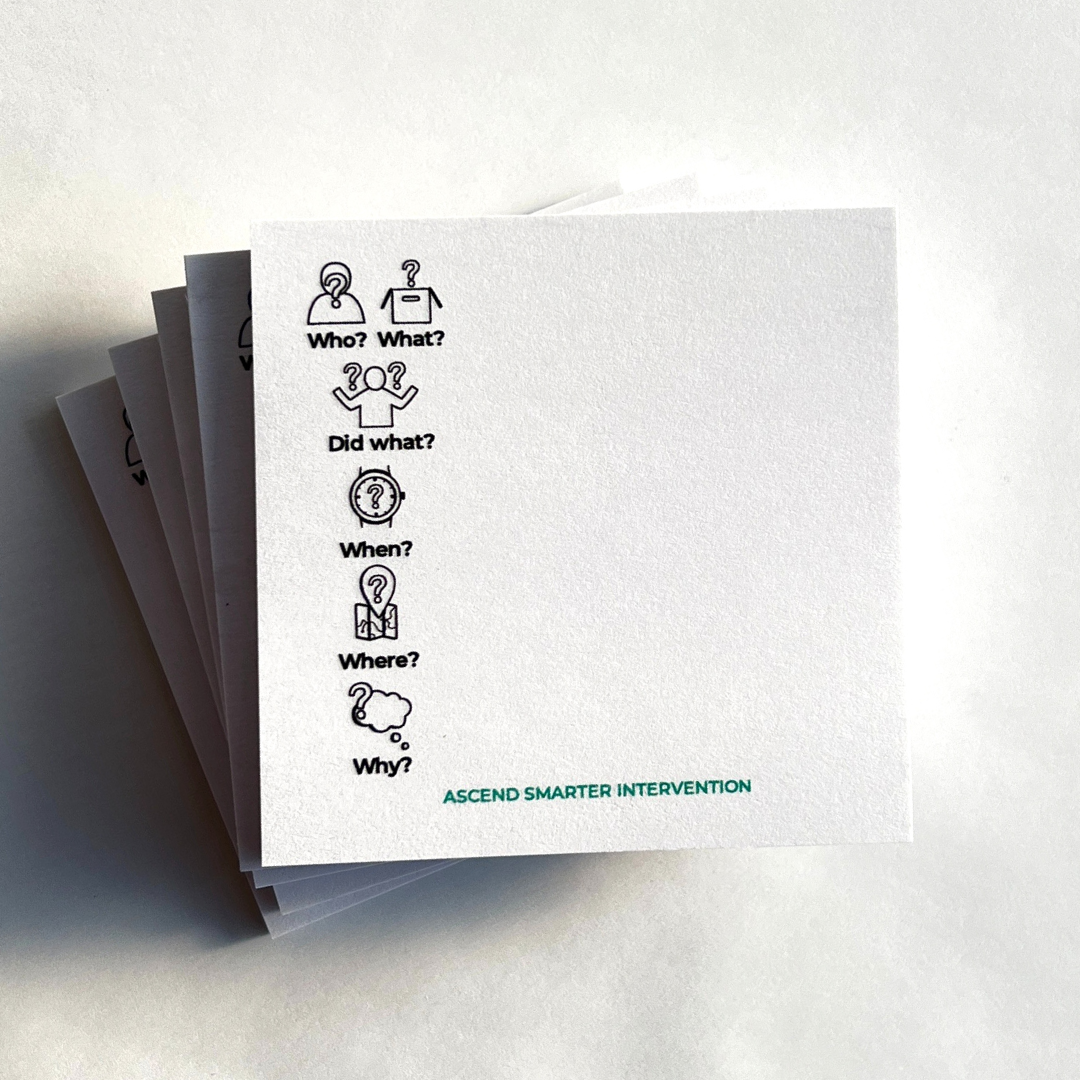10 Must Haves for Orton-Gillingham Intervention
When it comes to literacy instruction, there are a LOT of materials out there.
Dry erase boards, letter tiles, multisensory items (like sand or shaving cream), pencils, worksheets, binders…the list goes on and on.
Now, I don't know about all of you, but when I started out delivering literacy intervention privately, I was on a tight budget to get all the supplies I needed for my students! And I was traveling to see my students so I needed materials that were easy to take along with me.
After a few years, I narrowed down the exact materials that I could not live without. Materials that were easy to travel with and allowed me to deliver truly effective, research-based instruction.
Today - we are sharing these exact materials with you. Please note that this post does contain affiliate links. If you choose to purchase these items with the links we've provided - it does not cost you anything extra but we do get a small commission. We promise to only share items that we love and use every day!
These are our Top 10 Must-Have Materials for Literacy Instruction that Align with the Science of Reading.
1. Whiteboard & Dry Erase Markers
The first item on our list is a whiteboard. We use whiteboards for all kinds of things including writing our review words, marking words, building words with magnets, the auditory drill, and spelling words. Basically, everything you don't want to continue printing paper for. Personally, I like the 11x14 board because it gives me a little extra space but you could go with an 8.5x11 if it fits better in your bag.
We also love pairing our whiteboard with these double-sided dry-erase markers. Students love having both colors and using them to differentiate vowels and consonants can be a great instructional strategy!
2. Pencil Case with Fun Markers, Highlighters, Stamps, Pencils, etc.
We use our pencil pouch to house expo markers, pencils, scented markers and rainbow highlighters for marking all of our words. We allow students to pick their favorite color which allows for immediate engagement and buy-in. Sometimes, it's the little things!
3. Letter Tiles or Magnets
We absolutely LOVE using letter tiles in our sessions. It’s such a wonderful way to start pairing phonological awareness (how many sounds are in the word) with how many letters are in the word. These color-coded magnets are the perfect size to use on the whiteboards we mentioned earlier which make them a win-win!
4. Sound Drill Cards
In every lesson we complete, we do a sound drill. This simple activity is a great way to activate the connection between the orthographic & phonological processors in the brain.
However, these cards are good for more than just a sound drill. You can also use them for word-building tasks or for grouping patterns by sounds or syllable type.
5. Counter Chips or Unifix Cubes
Throughout our lessons, we use counterchips and unifix cubes for phonological awareness, reading, and spelling tasks. We really love >>this set<< from Amazon because the chips are magnetic and come with a wand that makes cleaning them up a breeze!
6. Multisensory / Tactile Grids
Okay, we're going to be honest here for a second. We don't like using sand trays or shaving cream in our literacy instruction!
They're messy, a pain to travel with, and while they can be great for student engagement - they just weren't working for us.
Instead, we like to use tactile grids to elicit the same benefits in our literacy instruction.
Grids or glitter paper provide a multisensory/tactile option without all of the hassle and mess of sand.
You can find these at most craft stores and on Amazon here.
7. Graphic Organizers
Graphic organizers are another way to easily incorporate multisensory components into your instruction.
Specifically, these are great for adding a visual component. Students can look at a graphic organizer to see a visual representation of the thought process they need to use to answer a comprehension question or the framework they have learned to define their vocabulary words. This helps them keep everything organized.
8. Games
If we could only keep one item from this list - it would probably be games.
Games allow us to review & reinforce skills that students are working on while also increasing students' engagement & overall buy-in within our lessons (and we all know students who are engaged learn better than those who are checked out!).
Whether we are sorting words by syllable type, dividing & reading multisyllabic words, or playing reading war - games are a great addition to our OG-based lessons.
However, their usefulness does not end at reading and engagement. You can also use them to generate spelling words (just pull cards from a deck that relates to the concepts you're working on), you can have students pull words to define or use in sentences (what an easy way to target vocab & writing!), or you can have students play these games with each other while you pull a student for progress monitoring or a group for more individualized instruction.
9. Annotation Sticky Notes
These annotation sticky notes are designed to visually cue students to identify the 5 Key Ws (who/what, did what, when, where, why) of a text. They're a great way to support note-taking and annotation without having students write directly in their books or on the page. Plus, they're easy to keep in your bag or pencil case so you always have them on hand!
10. Sterilite File Crate with Hanging Folders
Whether you are traveling or looking for an easy way to organize your lesson materials, we like using Sterilite Crates (however you can use any letter-size file storage box or filing cabinet as well) with these hanging folders. They make it easy to organize the bin by student, by lesson, by level, or by day depending on how you're organizing your materials!
Did we miss any of your must-have materials? Comment below and let us know!

